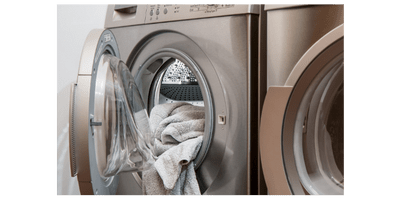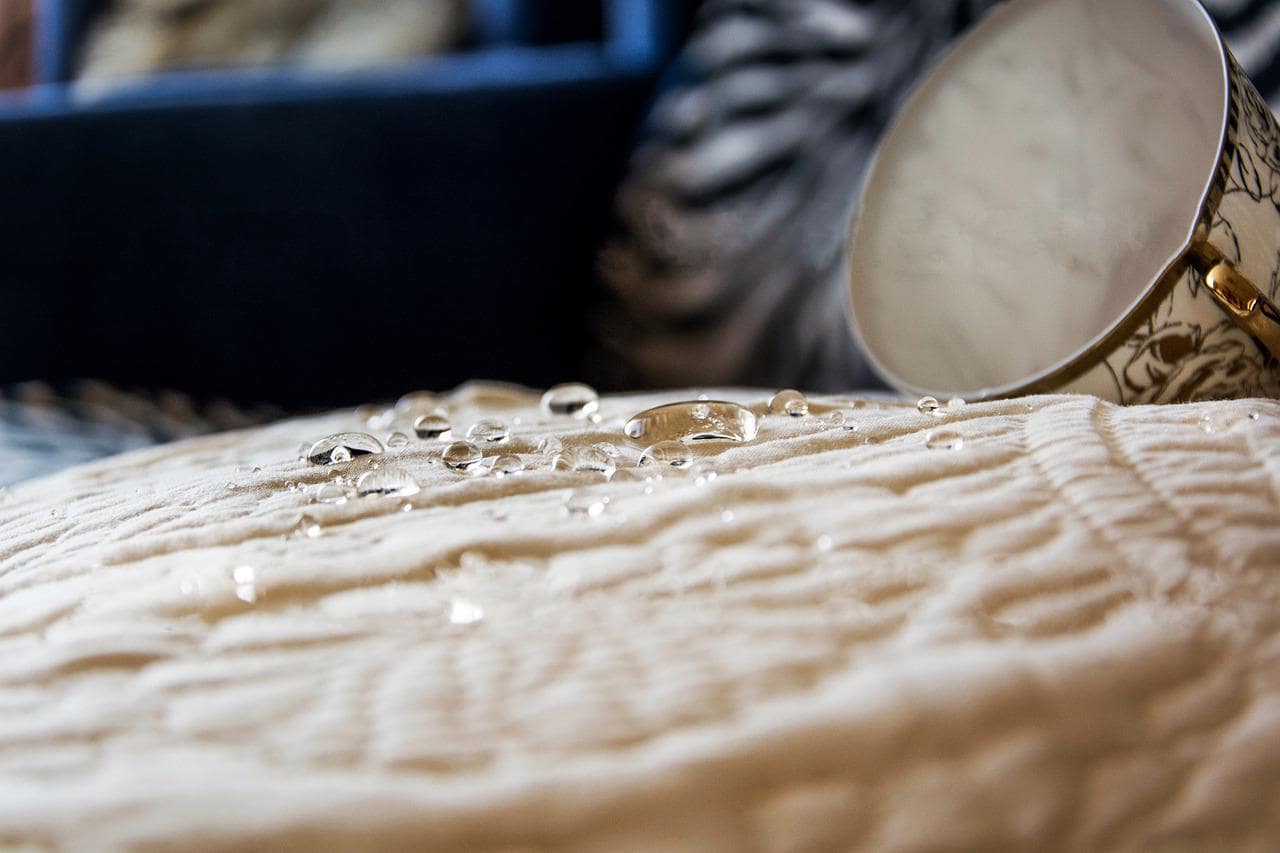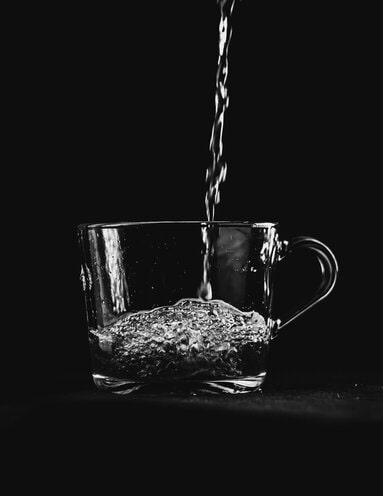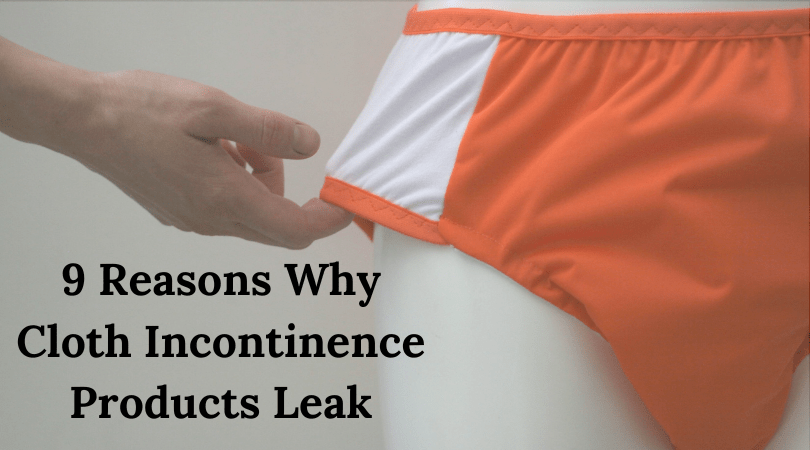Leaks. The bane of any product used to manage incontinence, leaks can leave you feeling insecure, uncertain, and afraid to leave the house. Unfortunately, it is also the reason why many people are hesitant to use cloth and it is one of the main reasons people stop using cloth once they’ve started.
Leaks can be caused by any of a myriad of reasons. But good news! Once you can identify WHY your incontinence product is leaking, you can easily fix the issue and regain your confidence.
Reasons why cloth products leak:
- Not Prepping
- Bad Fit
- Wrong Type of Product
- Repelling
- Damage
- Oversaturation
- Flooding
- Compression Leaks
- Overnight Leaking: belly and side sleepers

1. Not Prepping
Prepping is simply prewashing – aka, sending your cloth incontinence items through the wash before use. This pre-wash will remove any dust and particles accumulated during the manufacturing process. These particles can cause the cloth item to repel moisture if not washed out. So don’t use your cloth incontinence product without washing first!
In addition, if the item is made from a natural fiber like bamboo, cotton, or hemp, a pre-wash will remove the natural oils so the fibers can absorb liquid without repelling. In fact, bamboo and hemp in particular require multiple washes before use to reach max absorbency. Just make sure to follow any instructions included with your product.
If the thought of washing cloth feels like a daunting new frontier, Fluff Love University has some great articles. Geared towards baby cloth diapers, the information on washing is still relevant for adult items. Leakproof underwear is it’s own separate category, though. They often require a cool wash on a delicate cycle and either line drying or drying on low.
2. Bad Fit
It is very important to make sure you are wearing the right size of adult incontinence product! This is not only for your own comfort, but also to help prevent leaks. If cloth diapers are leaking around legs, look for gaps. Gaps are like open doors for liquid to sneak out, so make sure your diaper or leakproof underwear fits snugly at the legs and waist.
The same goes for cloth pads. They need to fit tightly against the body too. Wearing snug fitting underwear ensures the pad doesn’t move around when you do.
In addition, elastic can weaken over time, especially if an item is not properly cared for. This can cause a product that fit well to start gapping where it didn’t before. You can see my post on checking sizing and fit for more information about how to find the right fit.
Moreover, if any of the absorbent layers are poking out, then it’s a good sign that the cover is not big enough or that you have too many absorbing layers in the incontinence items.
Just keep in mind that while Inserts are a great way to add extra absorbency to just about any style of incontinence wear, there can be too much of a good thing.
3. Wrong Type of Product
Okay, so it’s mostly a given that not all cloth incontinence products and leakproof underwear will handle any type of incontinence. The bigger and faster the leaks are, the more sturdy the product needs to be. At the end of the day, your flow and lifestyle determines what type of product will work best for your needs.
If you choose a product that can’t absorb quickly enough or is able to have enough absorbency for your needs, the item will leak. This is true for both cloth and disposable products. I went more into detail on how this works in my post, Does Period Underwear Work for Incontinence.
So make sure that whatever type of incontinence product you purchase fits your needs. Avoid buying products just because you think they look nice or are on sale. I know, such things can be hard to resist, but you can do it!
4. Repelling
Repelling is when moisture rolls off of the fabric instead of being absorbed. In this case, of the moisture may get absorbed, but the majority will not.
Causes of repelling include, not prepping natural fibers, using fabric softener, mineral and residue buildup, and using petroleum based diaper creams. If you notice that your cloth incontinence item is not wet but has still leaked, it’s a good indication that you are dealing with repelling.

5. Damage
Is your waterproof layer damaged? If you’re leaking through the PUL, chances are that the fabric itself is the culprit.
PUL is waterproof, according to Wazoodle. However, extra moisture can migrate from the leg openings along the polyester knit side of the PUL, making it feel like it’s leaking. If you feel like your waterproof cover is leaking, look for tiny cracks in the laminate part if you can.
But nothing lasts forever, and cloth diapers are no exception. The life of your diapers depend on many factors, but eventually they will wear out. Depending on the type of product, most incontinence items will last from 100 – 300 washings. Some items like prefolds claim to last up to 500 washings.
Note that this is from taking proper care of your items, aka, not leaving them too long in a wet environment and following wash instructions. The better you take care of your items, the longer they’ll last, and the more money you save. So take those few extra minutes and give your items some TLC.

6. Oversaturation
Oversaturating happens when the absorbent layers have been inundated with more liquid than they can absorb. When there is no longer anything left to absorb extra moisture, that moisture will follow gravity and seek out any opening in the legs or waist of a product.
7. Flooding
Flooding is a type of oversaturation that occurs when the absorbent layer gets hit with more liquid than it can absorb and distribute at one time. This is the most common cause of leaks when you have the wrong type of product. So again, make sure your product fits your flow.
s
8. Compression Leaks
Compression leaks occur when too much weight and pressure is put on saturated fabric, causing the moisture to leak out at the sides.
This type of leak most often occur in pocket diapers and products that use microfiber as the primary absorbency. While microfiber is unbeatable in its ability to absorb moisture quickly, it sucks at holding said moisture.
Think if it like a sponge; it soaks up moisture fast but add pressure and the moisture comes right out. Which is why too much pressure from sitting too long or a too tight product can cause the moisture to squeeze out of a very wet garment, especially if microfiber is used.
9. Overnight Leaking: belly and side sleepers
There is nothing worse than waking up wet. Not only do your clothes get wet, but then you have the issue of having to change bed sheets as well. Managing incontinence overnight is often a challenge. So much more absorbency is needed than for daytime and the incontinence product needs to hold the moisture much longer.

Overnight leaking often happens at the legs or waist of a belly or side sleeper. Gravity is often not your friend when it comes to leaks!
Pocket diapers, AIO, AI2, and any other style of diaper that features the absorbency only as a strip down the middle of the diaper are more likely to result in overnight leaks. In these styles, there is no absorbency along the side to catch any urine that might miss the middle strip.
As a result, incontinence systems like prefolds, fitteds,or flats work best for overnight. This way, you can ensure that there is all over absorbency to catch moisture from all directions. You can also easily add boosters for additional absorbency to these systems.
As you can see, leaks happen for a variety of reasons, but they don’t have to be a death knell for using cloth. Learning to identify why a product is leaking will help you to fix the problem, leaving you feeling confident and secure once again.
Alecia
Latest posts by Alecia (see all)
- How to Make a Cloth Diaper Bigger - August 21, 2023
- Best Swim Diapers for Adults and Youth - July 18, 2023
- Adult Cloth Diaper Hacks: How to Make a Swim Diaper - July 14, 2023


